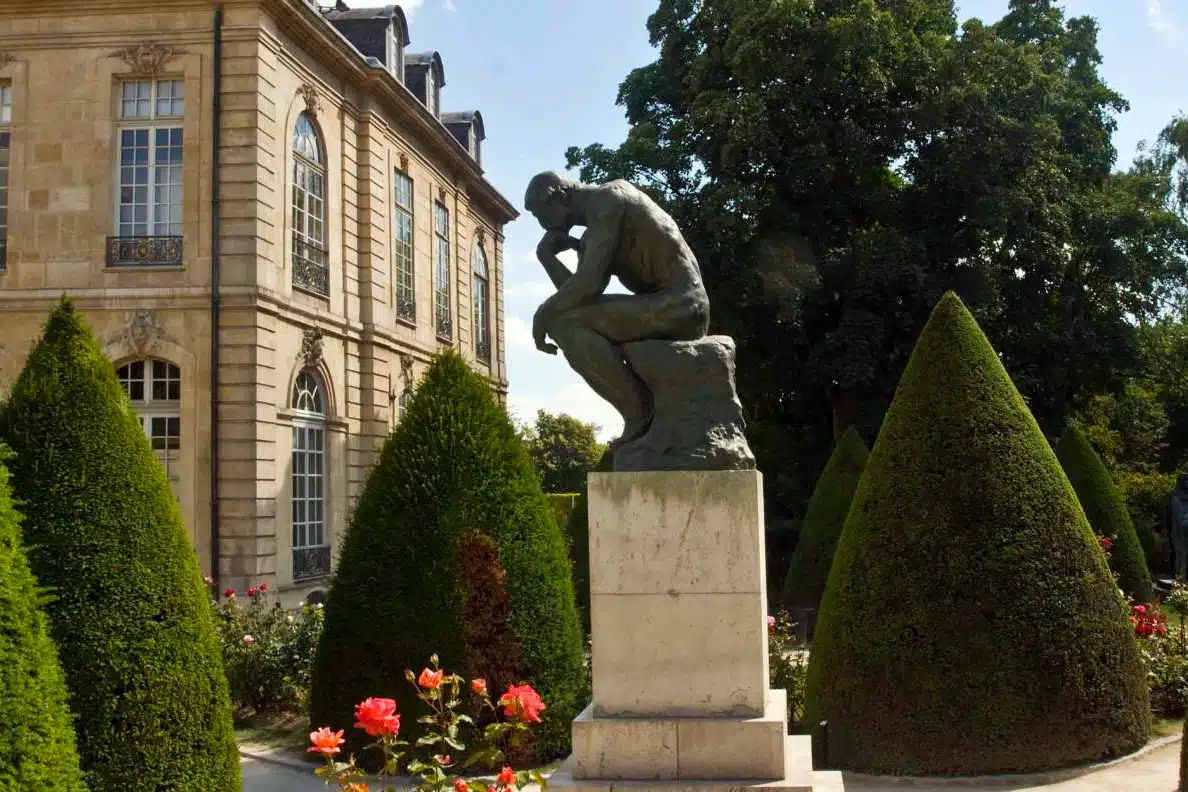Interesting facts about the Louvre
Location: The Louvre Museum is situated in the heart of Paris, on the right bank of the Seine River. Its exact address is Rue de Rivoli, 75001 Paris, France.
History: The Louvre originally began as a medieval fortress in the late 12th century. It was transformed into a royal palace in the 16th century and later became a public museum during the French Revolution in 1793.
Architecture: The museum’s architecture is a blend of different styles, including medieval, Renaissance, and modern elements. Its most iconic feature is the glass pyramid entrance designed by architect I. M. Pei, which was added in 1989.
Collections: The Louvre boasts an extensive and diverse collection of art and historical objects spanning over 9,000 years of history. It houses works of art from various civilizations, including Egyptian, Greek, Roman, European, and many others. Some of its most famous artworks include the Mona Lisa by Leonardo da Vinci, the Venus de Milo, and the Winged Victory of Samothrace.
Departments: The museum is divided into several departments, each dedicated to specific types of art and artifacts. These include paintings, sculptures, decorative arts, Islamic art, Near Eastern antiquities, and more.
Visitor Experience: The Louvre is one of the most visited museums in the world, drawing millions of tourists and art enthusiasts annually. Due to its vast size, it’s recommended to plan your visit in advance and focus on the areas or artworks that interest you the most.
Opening Hours: The museum’s opening hours may vary, so it’s best to check the official Louvre website for the most up-to-date information on hours of operation and ticket prices.
Accessibility: The Louvre is easily accessible by public transportation, including the Paris Metro. It is also wheelchair accessible, with facilities and services for visitors with disabilities.
Guided Tours: The museum offers guided tours, audio guides, and educational programs to enhance the visitor experience and provide insights into the art and history on display.
Temporary Exhibitions: In addition to its permanent collections, the Louvre hosts temporary exhibitions that feature a wide range of art and cultural themes.













